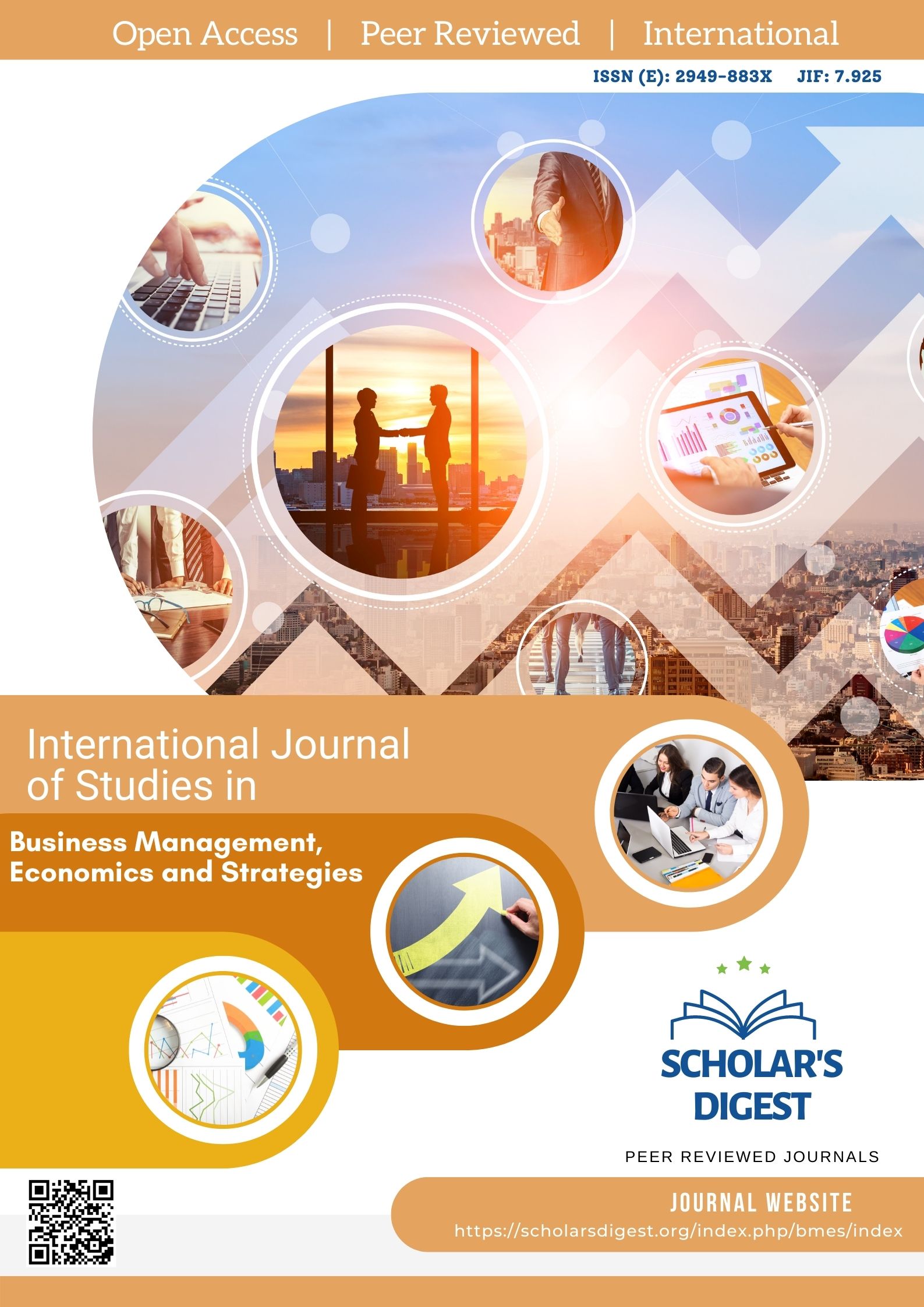MEASURING THE IMPACT OF BANK LIQUIDITY RISK AND RETURN ON INVESTMENT ON THE DEGREE OF BANKING SECURITY: FOR A SAMPLE OF PRIVATE COMMERCIAL BANKS LISTED IN THE IRAQ STOCK EXCHANGE FOR THE PERIOD (2010-2020)
Keywords:
banking security degree, credit risk, capital risk, bank liquidity risk, return on investment risk.Abstract
The aim of the research is to study banking risks, which were represented by (banking liquidity, risk of return on investment) in the degree of banking safety for a sample of commercial banks, where modern financial and banking methods were used that enable the management of banks to achieve a high degree of safety that enables them to mitigate banking risks. While the research sample included 6 commercial banks listed on the Iraq Stock Exchange for the period from (2010-2020), and to analyze and measure the impact of banking risks on the degree of safety, simple and multiple linear regression was used, Dickie Fuller's expanded test, cointegration, and the (VAR) model test using the statistical program (Eviews10), and the results of the test revealed a significant effect of the risks of banking liquidity on the degree of banking security, as the value of (0.0054) (t), and the absence of a significant effect between the risks of return on investment and the degree of banking security, as the value of (t) (0.1028) The research recommended the need to seek to enhance the degree of banking safety in the Iraqi banking sector by finding a balance between it and the banking risks, and the risk management in commercial banks should pay attention to the issue of the degree of safety. Banking is of the greatest interest because of its great importance to all relevant parties as well as its impact on banks’ profitability, quality and continuity.








